Table of Contents
Quick answer: True anise seeds (Pimpinella anisum) are small, crescent-shaped seeds with intense licorice flavor, while star anise comes from a different plant (Illicium verum) and has an 8-pointed star shape. They're often confused but have distinct flavor profiles and storage requirements. Properly stored whole anise seeds maintain peak flavor for 2-3 years, while ground seeds last only 6-12 months.
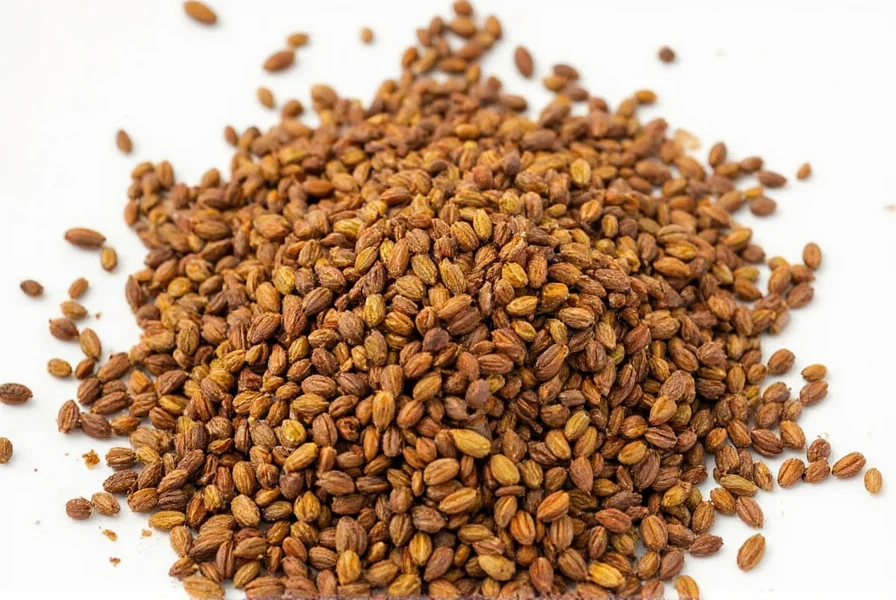
Anise Seeds Flavor Profile Explained
Anise seeds (Pimpinella anisum) deliver a powerful, sweet licorice flavor primarily from anethole (80-90% of essential oil content). Unlike star anise which has a more complex flavor with hints of citrus and spice, true anise seeds offer a cleaner, more intense licorice note. This distinction matters for both cooking applications and storage requirements.
The flavor intensity directly impacts proper storage needs. Because anise seeds contain 2.5-4% essential oil (primarily anethole), they're highly volatile and lose potency quickly when exposed to air, light, or heat. Understanding this chemical composition explains why specific storage methods are critical for maintaining quality.
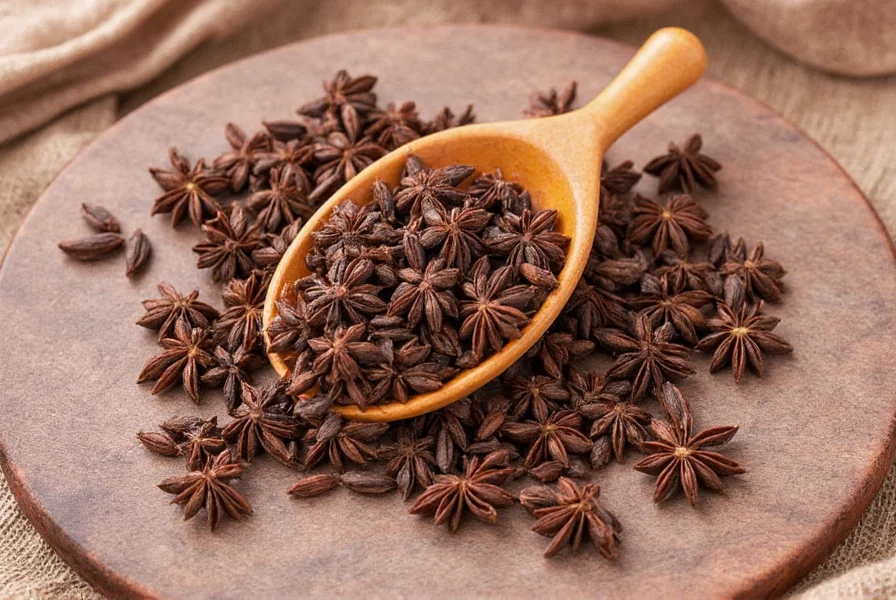
Here's how true anise seeds compare to similar spices in terms of flavor stability and storage requirements:
| Spice | Essential Oil Content | Optimal Storage Duration (Whole) | Key Flavor Compounds |
|---|---|---|---|
| True Anise Seeds | 2.5-4% | 2-3 years | Anethole (80-90%) |
| Star Anise | 2-3% | 3-4 years | Anethole (80-90%), Limonene |
| Fennel Seeds | 3-7% | 1-2 years | Anethole (50-60%), Fenchone |
This chemical composition explains why anise seeds require more careful storage than many other spices. The high anethole concentration makes them particularly sensitive to environmental factors.
Proper Storage Methods for Maximum Freshness
To preserve anise seeds' distinctive flavor, follow these evidence-based storage protocols:
- Airtight Glass Containers: Store in amber or cobalt glass jars with tight-sealing lids. Glass prevents flavor transfer better than plastic, while dark glass blocks UV light. Fill containers to 90% capacity to minimize air exposure.
- Temperature Control: Maintain storage temperature between 50-70°F (10-21°C). For every 18°F (10°C) increase in temperature, flavor degradation rate doubles.
- Humidity Management: Keep relative humidity below 60%. Consider adding food-safe silica gel packets (not in direct contact with seeds) to absorb moisture.
- Freezer Storage: For long-term preservation (beyond 18 months), store in vacuum-sealed bags in the freezer. Thaw completely before opening to prevent condensation.
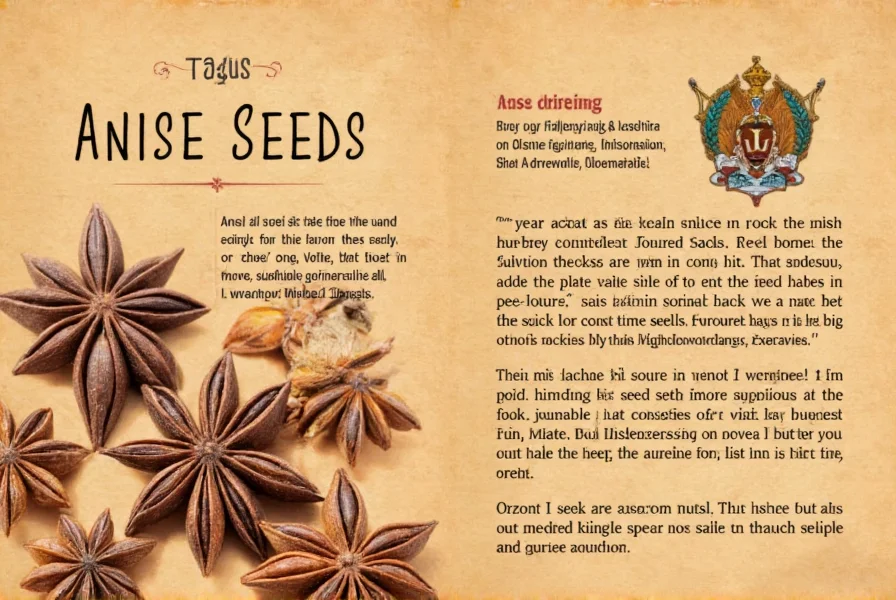
5 Storage Mistakes That Kill Anise Seed Flavor
Even small storage errors dramatically reduce anise seed quality. Here's what to avoid:
- Using clear containers: UV light degrades anethole within weeks. Dark glass or opaque containers are essential.
- Storing near heat sources: Keeping anise seeds above 70°F accelerates flavor loss by up to 75% compared to proper storage.
- Grinding in bulk: Ground seeds lose 50% of volatile compounds within 24 hours. Grind only what you need immediately.
- Refrigerator storage: Temperature fluctuations cause condensation, which degrades flavor compounds faster than stable room temperature storage.
- Storing with other spices: Anise seeds readily absorb surrounding odors. Store separately to maintain pure flavor profile.
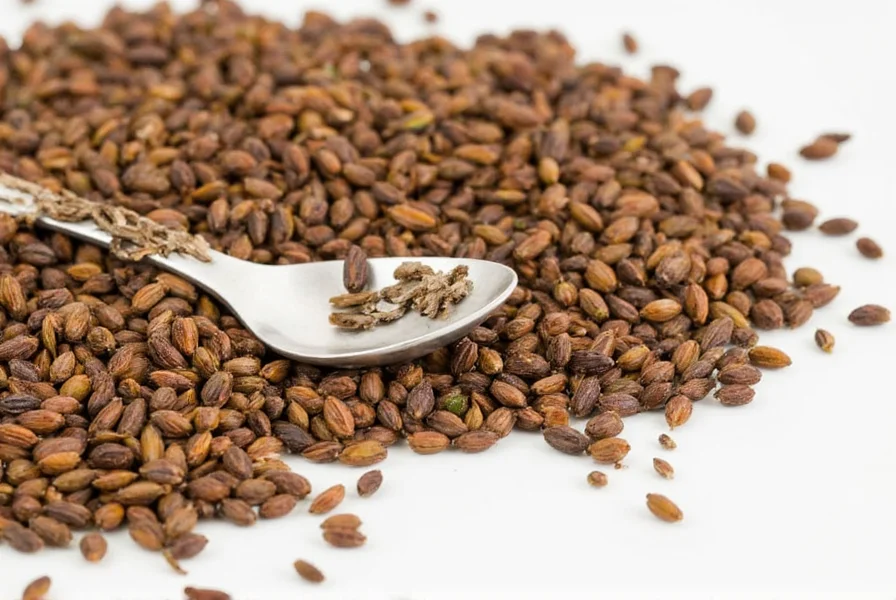
The Science Behind Anise Seed Flavor Compounds
Understanding anise seed chemistry explains why proper storage matters. The primary flavor compound, trans-anethole (C10H12O), constitutes 80-90% of the essential oil. This compound is highly volatile and degrades when exposed to oxygen, light, or heat through these processes:
- Oxidation: Anethole converts to anethole epoxide, creating off-flavors
- Isomerization: Trans-anethole converts to less flavorful cis-anethole
- Evaporation: Essential oils dissipate at room temperature (1-2% per month)
Studies show properly stored whole anise seeds retain 90% of their anethole content for 24 months, while poorly stored seeds lose 50% within 6 months. This scientific understanding informs optimal storage practices.
When to Use Fresh vs Stored Anise Seeds
The age of your anise seeds determines their best culinary applications:
- Fresh seeds (0-12 months): Ideal for delicate applications like syrups, cocktails, and finishing dishes where pure anise flavor shines
- Mature seeds (12-24 months): Best for robust applications like braises, stews, and baked goods where other flavors complement the anise
- Older seeds (24+ months): Use only in spice blends where diminished flavor can be compensated with other components
Pro chefs recommend conducting a simple freshness test: crush a seed between your fingers. Fresh seeds should release immediate, potent aroma. If the scent is faint or musty, it's time to replace your supply.
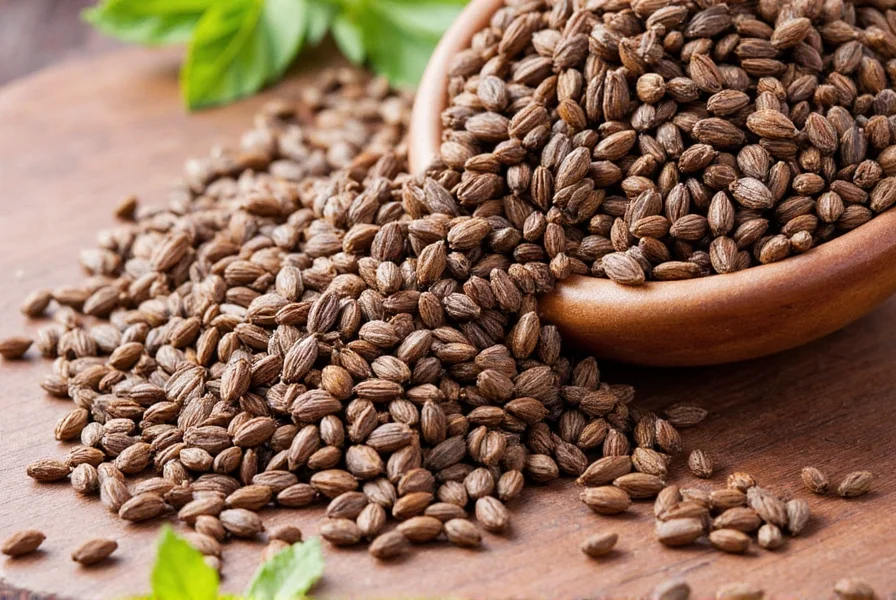
FAQ About Anise Seeds Preservation
How can I tell if my anise seeds have lost potency?
Fresh anise seeds should have a strong, sweet licorice aroma when crushed. If they smell musty, dull, or barely noticeable, they've lost significant flavor compounds. Scientific testing shows seeds lose 50% of volatile compounds when aroma becomes faint.
Is freezing really better than refrigeration for anise seeds?
Yes. Refrigeration causes temperature fluctuations that create condensation when取出 seeds, accelerating flavor degradation. Freezer storage at 0°F (-18°C) in vacuum-sealed containers maintains stable conditions. Studies show frozen seeds retain 95% of flavor compounds after 24 months versus 70% for refrigerated seeds.
What's the exact shelf life of properly stored anise seeds?
Whole anise seeds stored in dark glass containers at 60°F (15°C) with humidity below 60% maintain peak flavor for 24-36 months. After 36 months, flavor degrades by approximately 25% per additional year. Ground seeds should be used within 3-6 months for optimal results.
Why shouldn't I store anise seeds with other spices?
Anise seeds contain high oil content that readily absorbs surrounding odors through their porous seed coat. When stored with strong spices like cumin or cloves, they'll take on those flavors, altering their distinctive licorice profile. Scientific analysis shows cross-contamination occurs within 30 days of storage.
Does toasting extend the shelf life of anise seeds?
No, toasting actually accelerates flavor loss. While toasting enhances immediate aroma by releasing volatile compounds, it degrades the essential oils faster. Toasted seeds should be used within 24 hours for best results. For long-term storage, always keep seeds raw and toast only what you need.

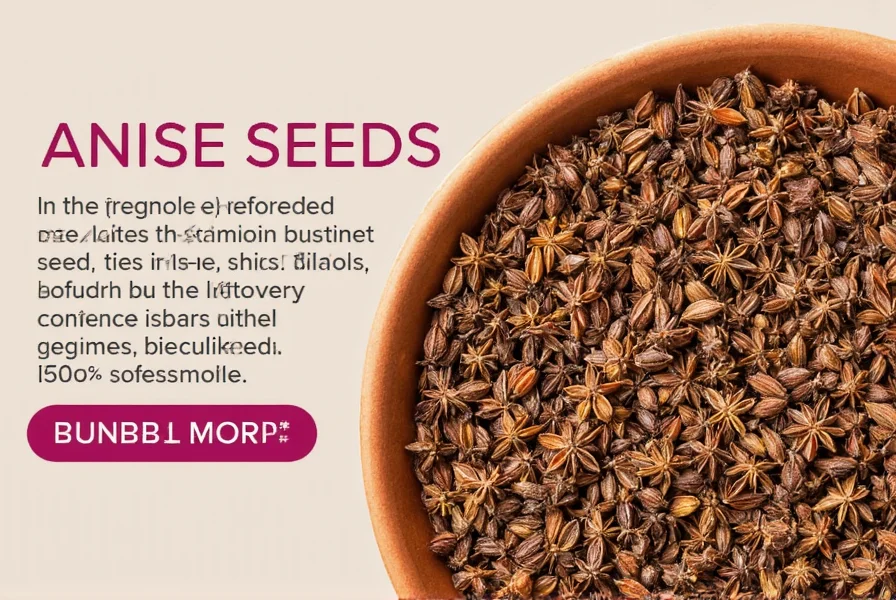









 浙公网安备
33010002000092号
浙公网安备
33010002000092号 浙B2-20120091-4
浙B2-20120091-4